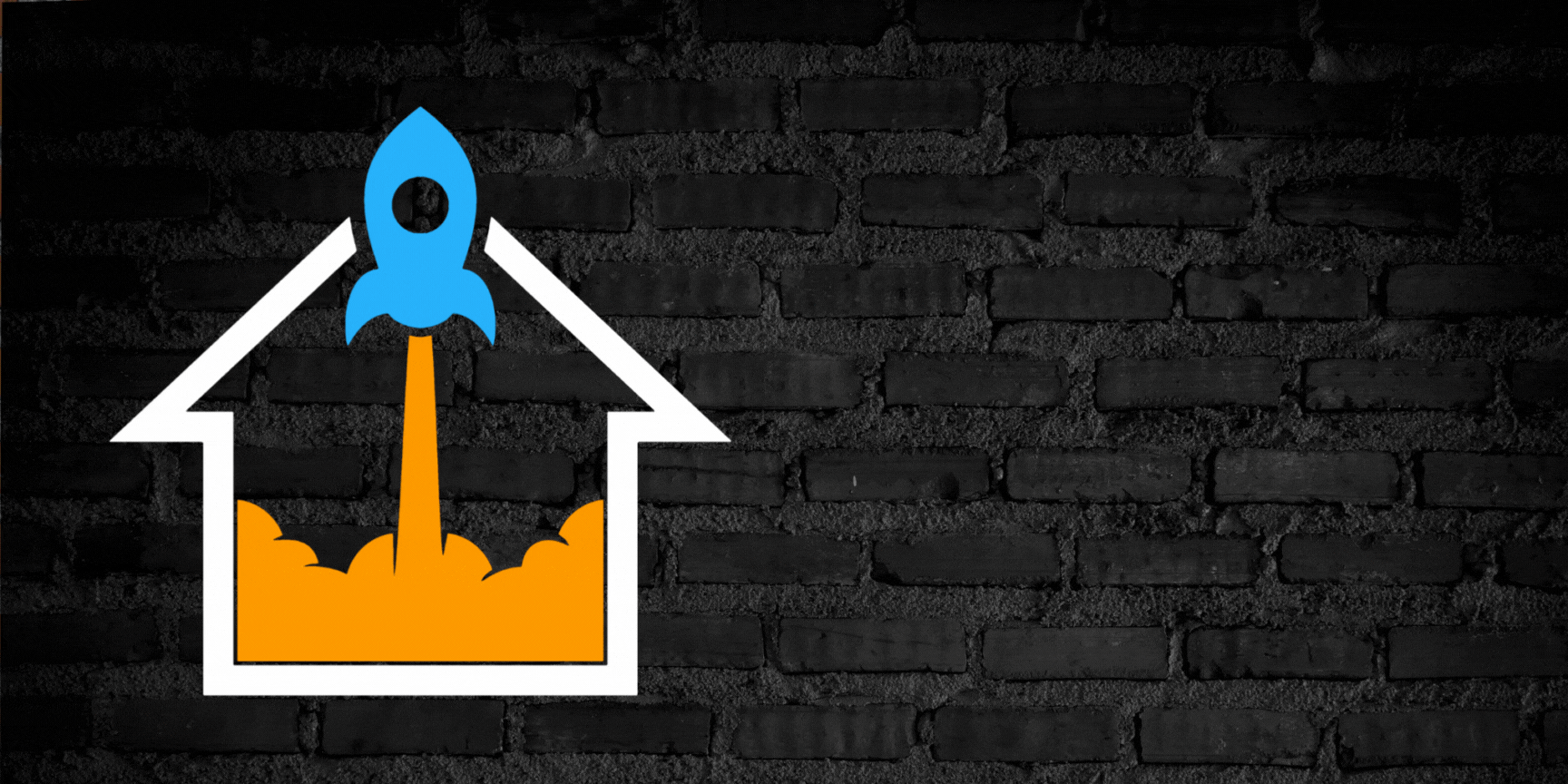Are you looking to give your San Jose home a fresh new look without breaking the bank? Painting is an affordable and effective way to transform your space and add value to your property. Whether you’re a seasoned DIY-er or a first-timer, this comprehensive guide will provide you with expert tips and tricks to ensure a flawless and professional-looking paint job. From prepping your walls to choosing the right tools, we’ve got you covered. So grab your paintbrush and let’s get started!
1. Prepare Your Painting Surface
Before you dive into your painting project, it’s crucial to properly prepare your walls and surfaces. This step is often overlooked but is essential for achieving a smooth and long-lasting finish. Even if your walls appear clean, they likely harbor dust, dirt, and grime that can result in uneven paint spots or peeling. Here’s what you need to do:
- Interior Walls: Start by dusting your walls and removing any cobwebs. Next, inspect the surface for any old, chipping paint and scrape it away. Sand down any rough edges and wipe the walls with a mixture of mild detergent and warm water to eliminate lingering dirt and debris.
- Exterior Walls: Power washing is the most effective way to clean exterior walls. It will remove dirt, mold, and mildew, providing a clean and smooth surface for painting.
Taking the time to properly prepare your painting surface will ensure that the paint adheres well and delivers a desirable outcome.
2. Protect Your Floors and Furniture
Painting can be a messy process, but with the right precautions, you can minimize the cleanup and protect your floors and furniture. Here’s what you need to do:
- Interior Painting: Move all furniture out of the room if possible. If that’s not an option, cover them with drop cloths to prevent paint splatters. Use drop cloths to cover the floors as well, ensuring that every surface is protected.
- Exterior Painting: Use drop cloths to protect your grass, plants, and any other items that can’t be moved out of the way. Cover any fixtures, such as doorknobs, to prevent them from getting paint on them.
Investing time in proper protection will save you from headaches and additional cleanup later on.
3. Use Painter’s Tape for Clean Lines
Achieving clean and sharp lines can make a significant difference in the overall appearance of your paint job. Many people skip this step because it can be time-consuming, but it’s well worth the effort. Here’s what you need to do:
- Use painter’s tape to mask off areas that you want to keep paint-free, such as trim, baseboards, and edges.
- Make sure to invest in high-quality painter’s tape that won’t leave residue behind.
- Remove the tape before the paint dries completely to avoid peeling off dried paint along with the tape.
Taking the time to tape off edges will result in a professional and polished finish.
4. Invest in High-Quality Tools
Using high-quality tools is crucial for achieving a smooth and professional-looking paint job. While they may be a bit more expensive, they will make the process easier and deliver better results. Here’s what you need to consider:
- Paint Brushes: Invest in brushes specifically designed for the type of paint you’re using and the surface you’re painting. High-quality brushes will apply paint more evenly and won’t leave loose bristles behind.
- Rollers: Choose rollers with the appropriate nap length for your project. Shorter naps are ideal for smooth surfaces, while longer naps are better for textured surfaces.
- Spray Paints: If you’re using spray paints, invest in a high-quality spray gun that provides an even and consistent spray pattern.
Using the right tools will make your DIY painting experience much more enjoyable and result in a professional finish.
5. Avoid Common Painting Mistakes
Even with the best tools and preparation, it’s easy to make mistakes during the painting process. Here are some common pitfalls to avoid:
- Dunking Your Brush: Instead of fully submerging your brush into the paint can, only dip the top third of the brush. This way, you’ll have enough paint without wasting or pushing it too deep into the bristles.
- Over-Brushing: Avoid excessive brushwork, especially when painting woodwork, doors, or cabinets. Too much brushing can lead to unsightly brush marks and ridges.
- Leaving the Lid Off: Always remember to close the paint can lid immediately after pouring out paint. This prevents the paint from drying out and keeps the lid clean and free from paint crud.
- Applying the Second Coat Too Quickly: Be patient and allow the first coat of paint to dry completely before applying the second coat. Applying the second coat too quickly can result in peeling paint or visible brush strokes.
By avoiding these common mistakes, you’ll achieve a professional-looking finish and save yourself from unnecessary touch-ups.
6. Choose the Right Paint Colors
Picking the right paint colors can significantly impact the overall look and feel of your San Jose home. Here are some tips to help you choose the perfect shades:
- Consider the existing decor and furniture in your space. Choose colors that complement or enhance the overall aesthetic.
- Take into account the lighting in each room. Natural light and artificial light can affect how colors appear.
- Test paint samples on your walls before committing to a color. This will give you a better idea of how the color will look in different lighting conditions.
Remember to consider the mood you want to create in each room. Lighter shades can make a space feel more open and airy, while darker hues can add warmth and coziness.
7. Practice Proper Paint Application Techniques
Applying paint properly is essential for achieving a smooth and professional finish. Here are some tips for successful paint application:
- Use long, smooth strokes when painting walls to ensure even coverage.
- Start from the top and work your way down to avoid drips and splatters.
- When using a roller, apply even pressure and roll in one direction.
- Apply multiple thin coats rather than one thick coat to prevent drips and achieve better coverage.
Taking your time and using proper application techniques will result in a flawless and professional-looking paint job.
8. Allow Sufficient Drying Time
Patience is key when it comes to painting. Allowing sufficient drying time between coats and before moving furniture or touching up areas is essential for a successful project. Here are some general guidelines:
- Check the drying time specified on the paint can label. It can range from one to 48 hours, depending on the type of paint.
- Avoid rushing the process and applying the second coat too quickly. This can lead to peeling or visible brush strokes.
- Optimal drying conditions include good ventilation and moderate temperatures.
By allowing enough time for each coat to dry, you’ll achieve a smooth and durable finish that will stand the test of time.
9. Clean and Maintain Your Painting Tools
Properly cleaning and maintaining your painting tools will extend their lifespan and ensure optimal performance for future projects. Here’s what you need to do:
- Clean brushes and rollers immediately after use. Use warm water and mild soap to remove excess paint.
- Remove any remaining paint by combing through the bristles or using a brush cleaner.
- Store brushes and rollers properly to prevent them from drying out or becoming misshapen.
- Dispose of paint cans and other materials according to local regulations.
By taking care of your painting tools, you’ll save money in the long run and be ready for your next DIY project.
10. Consider Hiring Professionals
While DIY painting can be a rewarding and cost-effective option, some projects may require the expertise of professionals. If you have a large-scale or complex painting project, or if you lack the time or confidence to tackle it yourself, it’s worth considering hiring professionals. They have the experience, tools, and knowledge to deliver exceptional results and save you time and stress.
Conclusion
Painting your San Jose home can be a fun and fulfilling DIY project that breathes new life into your space. By following these expert tips and tricks, you’ll be well-equipped to achieve a flawless and professional-looking finish. Remember to properly prepare your surfaces, protect your floors and furniture, use painter’s tape for clean lines, invest in high-quality tools, and avoid common painting mistakes. Choose the right paint colors, practice proper application techniques, allow sufficient drying time, and clean and maintain your tools. If the project feels overwhelming, don’t hesitate to seek assistance from professionals. With these tips in mind, you’ll be well on your way to transforming your home with a fresh coat of paint. Happy painting!




